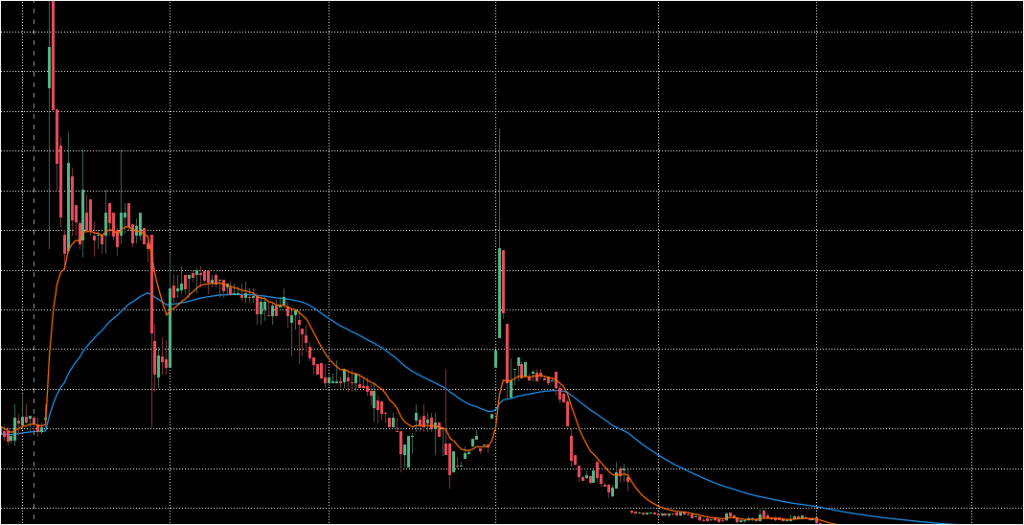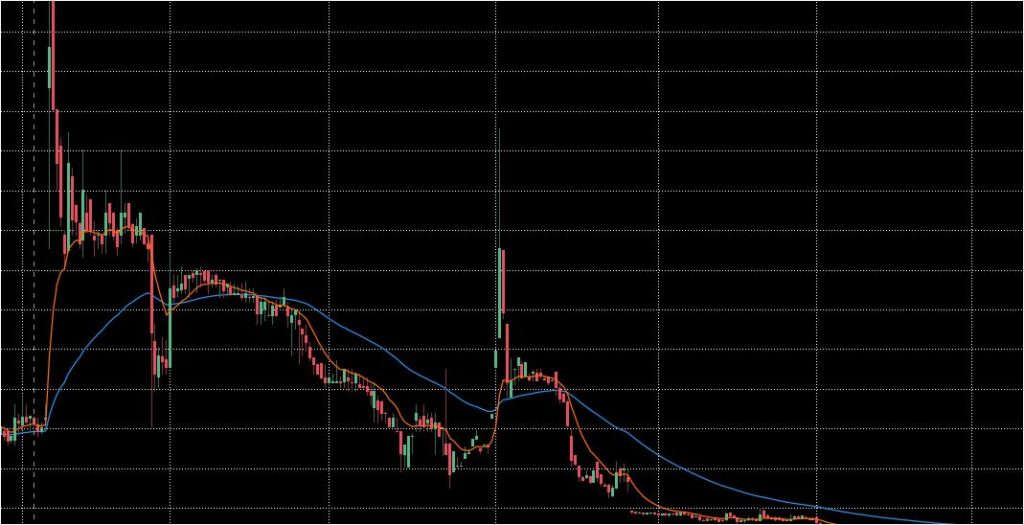What is a stock split?
A stock split is the increase of shares outstanding by publicly-traded companies. This decision usually happens when a company’s stock skyrockets and becomes unaffordable for many investors. For example, let’s assume that a company has performed well over the past year and its stock is trading at $600 per share. At the same time, companies in its industry trades around $100 per share.
In our example, you can see that the company is trading much higher than its industry. The stock will appear too expensive especially to retail investors.
To attract investors of all kinds, the board of directors of the company will perform a stock split by giving more shares to its current shareholders. The split will reduce the price of the stock and increase the total number of shares outstanding.
If the company wants its shares to trade at $100 instead of $600, each shareholder will receive 6 shares for each share they own in the company. After this 6-for-1 stock split, shares of the company will trade at $100 per share. At the same time, the company will have 6 times more shares outstanding than it had before the split.
How does a stock split affects the company?

The company and its business structure will stay the same after the split. More importantly, the market capitalization of the company will not change or be affected by the split.
The only thing that will change is the number of shares outstanding and the price at which its stock will trade for after the split. However, everything will balance out since the increase of shares will result in the reduction of its stock price.
How does the stock split affects my portfolio?
After the split, your shares will increase. At the same time, the stock price will be reduced. For example, let’s assume that a company performed a 2-for-1 stock split at a stock that is trading at $120 per share. If you owned 600 shares before the split, you will end up with 1,200 shares after the split. At the same time, the stock will trade at $60 instead of $120 after the split. The value of your portfolio will stay the same.
So, do not panic when you wake up in the morning and notice that you have 3 times more shares than you had a day before. Or when you see that the stock is trading at a 1/3 of its previous day closing price.
Why do companies do stock splits?
The main reason companies do stock splits is to attract investors of all kinds and sizes. If a stock is trading much higher than its industry, many investors will find it expensive. As a result, they will decide to invest their money in the company’s competitors.
By performing a split, the company’s shares will seem much cheaper and affordable. This will encourage many investors to buy the stock.

Benefits of stock splits
A stock split will benefit both investors and the company. This is because companies that perform reverse splits are already doing well. The only problem is that the company’s shares became unaffordable to many investors.
By reducing the price of the stock, many investors will want to own its shares. As more investors buy more shares, the price will move up due to increased demand.
So, investors who owned shares of the company before its split could make a fortune if the stock skyrockets again.
The stock split is the opposite of the reverse stock split. Instead of increasing the number of shares outstanding and decrease the price; companies decrease the number of shares and increasing the price.
Usually, companies that perform reverse stock splits are in bad financial situations. As a result, they pump up the price of the stock to attract may investors and stay compliant with listing terms from exchanges.
Disadvantages of stock splits?
Although companies that perform stock splits are good companies, there is always a negative outcome that can follow the split. The following are some of the disadvantages of stock splits.
- The stock can experience high and unusual volatility
- High risks of the downtrend
- The company experiences the cost related to records keeping and mailing documents to its shareholders.









